Will this pass inspection code for closets?
tiffanygarrido
7 years ago
Featured Answer
Sort by:Oldest
Comments (39)
mrspete
7 years agoUser
7 years agoRelated Discussions
Thermador Range~Help us pass inspection! Photo!
Comments (23)Unfortunately, many municipalities use specs for individual appliances as the primary source for code approval above and beyond the NFPA code. Thermador's specs are badly worded. It is clear to me from the drawing and the features section that they intend the term "cooking surface" to be the portion flush with the countertop. "Cooking surface" sounds like the grate, so that reading by the inspector makes sense to an extent. If the OP can get BSH to define "cooking surface" as the top, or maybe if she can show him the page on the website advertising the choice of stainless or porcelain, she may not have to take down the hood. Sounds like he may be difficult. Has your contractor worked with him before? It might be something the contractor can help explain to him. Is the hood a Modernaire? I just put an order in for one that's quite similar. It's stunning....See MoreMechanical Inspection-didn't pass
Comments (18)I haven't been able to download my camera pics so I will try and describe what has been done now. They have put plywood on the interior side of the garage wall that the furnace is on. They will drywall over the plywood as this is an interior room. They have built a soffit around the upper 12 inches of furnace and duct in the garage and will drywall around this soffet. So there will be no drywall between the upper part of the furnace/ducting and the insulation. I will try to have my DH upload the pics for me. Thanks for looking. Laura...See Moreelectrical inspection-need help to pass
Comments (3)Without knowing the history of the job... What probably happened is that your contractor wired from fixture to fixture, looping the cable and you can't do that with thin fixtures. Each thin fixture must have a single cable and 14/2 fits best. Having fixtures away from the wall should not be a problem if a single cable were long enough. Some areas don't want to see exposed non metallic cable but are OK with covering it with a raceway or behind molding under the cabinet. The code asks that non metallic cable be protected from physical harm but how this is done is open to interpretation by the inspector. Some inspectors are not concerned with exposed cables that are difficult to get at to damage. This is a good lesson on why it is important to tell your contractor what type of fixtures are going to be used BEFORE they wire, that the contractor LISTEN and that you all make sure that this is correct before drywall goes up....See Moredeck won't pass inspection
Comments (3)If the posts are already notched in to the rim joist depending on how deep the notch is it might be possible to use the Simpson set ups and get your finnal. Simpson has the market with these fasteners and they are a little spendy. They have that market for good reason having jumped thru all the rings of fire to get it. This all lands on your Contrator,the contract you signed with him,and if he is a stand up guy. JonMon...See Morebusybeeinsc
7 years agolast modified: 7 years agoUser
7 years agolast modified: 7 years agoUser
7 years agolast modified: 7 years agoUser
7 years agoUser
7 years agolast modified: 7 years agoUser
7 years agolast modified: 7 years agobusybeeinsc
7 years agoUser
7 years agolast modified: 7 years agotiffanygarrido
7 years agoUser
7 years agolast modified: 7 years agotiffanygarrido
7 years agolast modified: 7 years agojust_janni
7 years agotiffanygarrido
7 years agoomelet
7 years agotiffanygarrido
7 years agotiffanygarrido
7 years agoUser
7 years agolast modified: 7 years agoUser
7 years agolast modified: 7 years agoUser
7 years agolast modified: 7 years agoUser
7 years agolast modified: 7 years agohomepro01
7 years agokirkhall
7 years agohomepro01
7 years agoartemis_ma
7 years agokeywest230
7 years agolast modified: 7 years agoUser
7 years agoUser
7 years agolast modified: 7 years agosonicalan
7 years agoworthy
7 years agosonicalan
7 years agoUser
7 years agolast modified: 7 years agokudzu9
7 years agoUser
7 years agolast modified: 7 years agokudzu9
7 years agotea73
6 years ago
Related Stories

MOVINGHome-Buying Checklist: 20 Things to Consider Beyond the Inspection
Quality of life is just as important as construction quality. Learn what to look for at open houses to ensure comfort in your new home
Full Story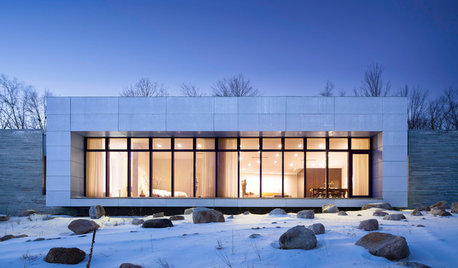
CONTRACTOR TIPSBuilding Permits: The Inspection Process
In Part 5 of our series on home building permits, we explore typical inspection schedules for a variety of project types
Full Story
CONTRACTOR TIPSBuilding Permits: 10 Critical Code Requirements for Every Project
In Part 3 of our series examining the building permit process, we highlight 10 code requirements you should never ignore
Full Story
CONTRACTOR TIPSBuilding Permits: What to Know About Green Building and Energy Codes
In Part 4 of our series examining the residential permit process, we review typical green building and energy code requirements
Full Story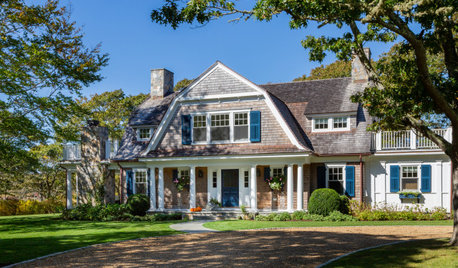
CONTRACTOR TIPSYour Complete Guide to Building Permits
Learn about permit requirements, the submittal process, final inspection and more
Full Story
MOVINGHiring a Home Inspector? Ask These 10 Questions
How to make sure the pro who performs your home inspection is properly qualified and insured, so you can protect your big investment
Full Story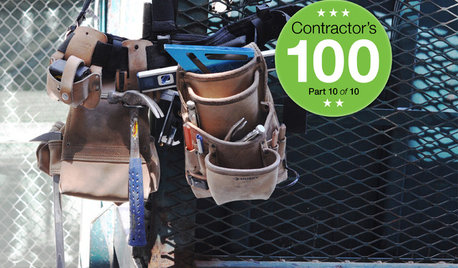
REMODELING GUIDESContractor's Tips: 10 Things Your Contractor Might Not Tell You
Climbing through your closets and fielding design issues galore, your contractor might stay mum. Here's what you're missing
Full Story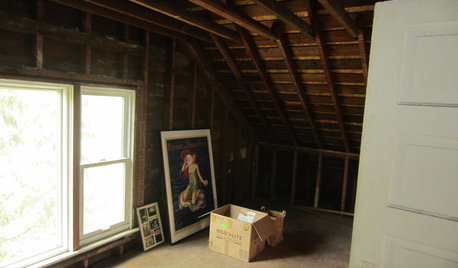
Houzz Call: What Gives You the Creeps at Home?
Halloween horror got nothing on your basement, attic or closet? Show us that scary spot you steer clear of
Full Story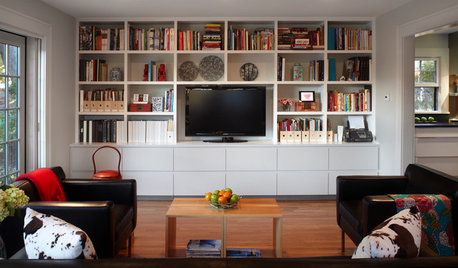
GREAT HOME PROJECTS25 Great Home Projects and What They Cost
Get the closet of your dreams, add a secret doorway and more. Learn the ins and outs of projects that will make your home better
Full Story
BATHROOM DESIGNKey Measurements to Help You Design a Powder Room
Clearances, codes and coordination are critical in small spaces such as a powder room. Here’s what you should know
Full Story




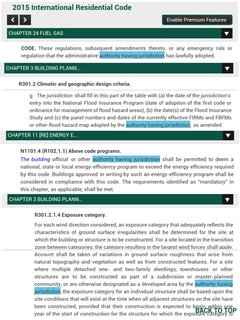

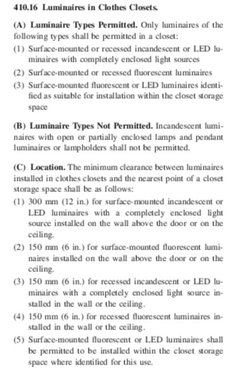
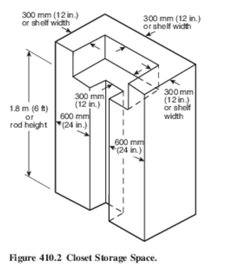

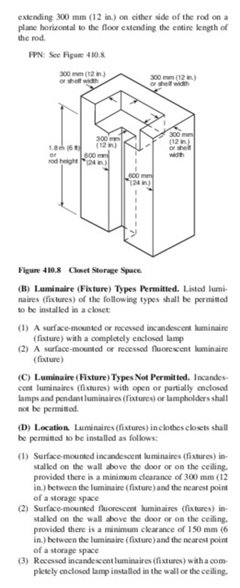







User